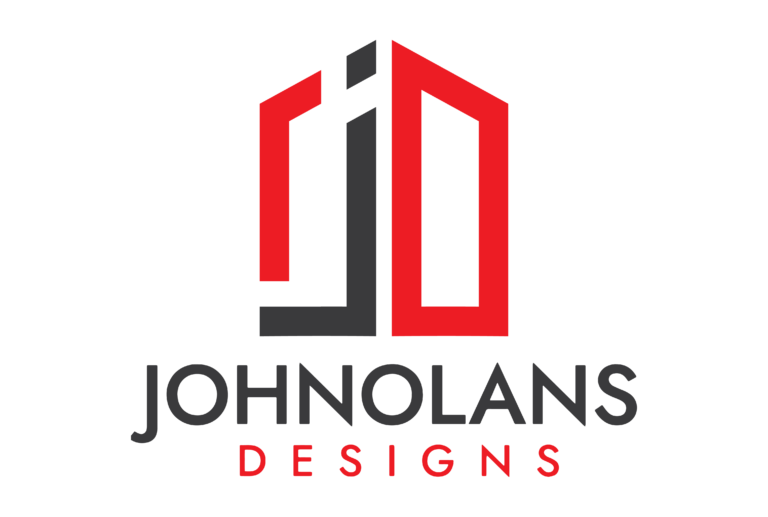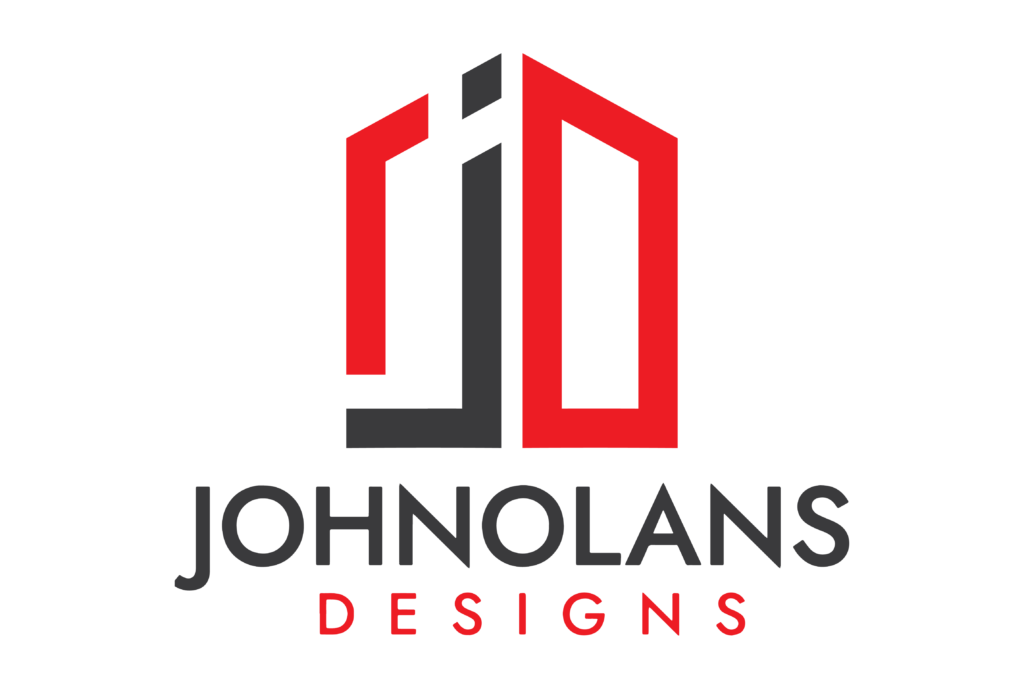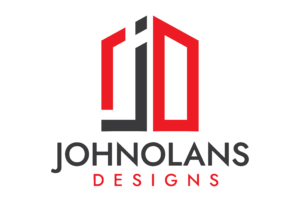Understanding Fix and Flip Investments in Real Estate
Fix and flip investments involve purchasing residential properties at below-market prices, renovating them, and selling at a higher price to realize a profit. This strategy hinges on the ability to identify undervalued properties, execute efficient renovations, and navigate the market to sell promptly at a profit. The process consists of several crucial stages, each requiring a strategic approach to maximize returns while mitigating risks.
The first stage is identifying suitable properties. Investors often look for distressed homes, foreclosures, or those in need of significant repairs, as these can typically be acquired at lower costs. A thorough analysis of the property’s location, structural conditions, and potential market value post-renovation is essential. Websites listing foreclosures, auctions, or real estate agents specializing in distressed properties are invaluable resources in this phase.
Securing financing for a fix and flip project can be achieved through various means. Traditional mortgages, while an option, might not be ideal due to longer approval times. Hard money loans or private lenders, known for their quick approval processes and flexible terms, are often better suited. Recently, crowdfunding platforms have also emerged as an alternative financing source, allowing small investors to pool resources.
Upon acquisition, planning the renovations entails creating a detailed budget and timeline. It is critical to prioritize improvements that will significantly boost the property’s market value — typically cosmetic updates like modernizing kitchens and bathrooms, improving curb appeal, and addressing any structural or safety concerns. Hiring experienced contractors and maintaining strict control over the renovation process can keep costs in check and ensure timely completion.
The final stage involves marketing the renovated property. A strategic listing price, professional staging, and high-quality photography can attract potential buyers. Partnering with a skilled real estate agent knowledgeable about local market conditions can also expedite the sale process.
While the potential returns can be substantial, fix and flip investments are not without risks. Market fluctuations, unforeseen renovation costs, and longer-than-expected sales periods can impact profitability. However, by adopting a methodical and informed approach, many investors have succeeded in generating significant profits. According to ATTOM Data Solutions, the average gross flipping profit in 2020 was $66,300 per home, highlighting the lucrative potential of this investment strategy, despite its inherent complexities.
Strategies for Successful Fix and Flip Investments
Embarking on a fix and flip investment requires meticulous planning and strategic execution to ensure profitability. Central to this endeavor is effective budgeting, which serves as the cornerstone of any successful project. Investors must craft a comprehensive budget that encompasses acquisition costs, renovation expenses, holding costs, and unforeseen contingencies. Allocating funds wisely can mitigate financial risks and facilitate a smoother project timeline.
Another critical element is the selection of reliable contractors. Conducting thorough vetting and obtaining multiple quotes can help secure skilled professionals who deliver quality work within stipulated timelines. Building relationships with trustworthy contractors can also streamline future projects, creating a network of dependable experts.
Understanding the local real estate market is crucial to making informed decisions. Investors should perform due diligence by analyzing market trends, property values, and neighborhood demographics. This knowledge enables the identification of undervalued properties with high appreciation potential. Moreover, staying attuned to market conditions allows investors to time their purchases and sales effectively, maximizing returns.
Timing the market is an art that combines knowledge with intuition. Real estate markets are cyclical, and recognizing the phases—boom, bust, recovery, and expansion—can significantly impact investment outcomes. Strategic timing when buying and selling properties can lead to higher profit margins.
Cost-effective renovations are another vital aspect. Prioritizing updates that enhance curb appeal and address structural issues adds substantial value. Cosmetic improvements, such as fresh paint, modern fixtures, and landscaping, can make a big difference without breaking the bank. Conversely, over-improving a property beyond the neighborhood’s standard can reduce profit potential.
Common pitfalls in fix and flip investments include underestimating renovation costs, overextending financially, and failing to sell promptly. Avoiding these pitfalls requires prudent planning, realistic expectations, and a contingency plan for market fluctuations.
Real-life examples from experienced real estate investors highlight the importance of these strategies. For instance, John and Jane Doe’s investment in a distressed property in a burgeoning neighborhood led to a 40% return on investment due to strategic renovations and market timing. Their success story underscores the significance of adhering to best practices.
The Benefits of Attractive Home Properties in Fix and Flip Projects
Making properties appealing is a pivotal aspect of successful fix and flip projects, as it significantly enhances their marketability. An attractive home not only draws in potential buyers or tenants more effectively but also contributes to achieving a higher sale price, thereby optimizing returns.
Curb appeal is one of the most vital elements in this equation. A well-maintained exterior can create a powerful first impression, making the property stand out amongst others. Simple enhancements such as fresh paint, landscaping, and updated front doors or windows make a significant difference in inviting potential buyers to explore the property further.
Incorporating modern amenities is another critical factor. Properties that feature energy-efficient appliances, contemporary lighting fixtures, and smart home technologies appeal to modern buyers who prioritize convenience and sustainability. These upgrades do not merely raise the property’s value but also ensure it aligns with current market demands.
Professional staging is an effective strategy to showcase the home’s full potential. Staged homes often sell faster and at higher prices because they help buyers envision their future space. By tastefully decorating and furnishing the property, sellers can highlight its best features while making it seem lived-in and welcoming.
Keeping up with trending design features also holds substantial value. As design trends evolve, renovation projects should consider popular styles such as open floor plans, neutral color palettes, and minimalist aesthetics. Understanding these preferences allows investors to tailor their renovations to what buyers are currently seeking, thus increasing the likelihood of a profitable sale.
Successful fix and flip investors are adept at understanding buyer psychology. They know that emotional connections play a crucial role in purchasing decisions. By leveraging elements that appeal to buyers’ desires and preferences, such as luxurious bathrooms and gourmet kitchens, investors can prompt quicker sales and higher offers.
Data and trends in buyer behavior underline these strategies. Studies show that homes with strong aesthetic appeal can sell up to 10% above market value and typically spend less time on the market. This underscores the importance of paying attention to design and staging in achieving impressive returns in the fix and flip market.
Case Studies: Successful Fix and Flip Projects
Illustrating the potential of fix and flip home investments, let’s delve into three case studies that showcase successful projects. Each example traces the journey from acquisition to renovation and ultimate sale, emphasizing the obstacles encountered, strategies employed, and the financial outcomes achieved. These real-world cases are intended to inspire and educate potential investors about the substantial returns that can be garnered through well-executed fix and flip endeavors.
Case Study 1: Urban Starter Home
Jane Doe purchased a dilapidated two-bedroom townhouse in an up-and-coming urban neighborhood for $150,000. She invested $60,000 into renovations, transforming the outdated interior into a modern living space complete with new appliances, energy-efficient windows, and high-quality flooring. Throughout the renovation, Jane encountered challenges such as permitting delays and unexpected structural repairs, which she navigated by consulting with licensed professionals and adjusting her timeline. Post-renovation, the townhouse was sold for $280,000, yielding a net profit of $55,000 after accounting for all costs. This case exemplifies how strategic renovations and navigating through hurdles can lead to substantial financial returns.
Case Study 2: Suburban Family Home
John Smith invested in a three-bedroom house in a desirable suburban area, purchasing it for $320,000. The property required extensive cosmetic updates and some structural repairs, with renovation costs totaling $95,000. John faced challenges such as sourcing reliable contractors and managing budget overruns; however, careful planning and maintaining open communication with his team proved effective. The beautifully renovated home, featuring an open-concept kitchen and enhanced curb appeal, sold for $480,000. After expenses, John’s net profit amounted to $45,000. This case demonstrates the importance of meticulous planning and efficient management in ensuring successful fix and flip outcomes.
Case Study 3: Rural Fixer-Upper
Emily Johnson acquired a historic three-bedroom farmhouse in a rural area for $175,000. With a renovation budget of $80,000, she focused on preserving the home’s vintage charm while integrating modern amenities. Emily’s unique challenge included dealing with outdated electrical systems and limited access to materials, which she overcame by sourcing specialized contractors and suppliers. After completing the renovation, the farmhouse, now boasting restored original features and updated conveniences, sold for $320,000. Emily’s project yielded a net profit of $45,000, highlighting the significant financial benefits that come from combining historic preservation with modern improvements.
These case studies underscore the transformative potential and substantial returns of fix and flip projects in various real estate markets. By learning from the experiences of others, potential investors can better navigate the complexities and capitalize on opportunities to maximize their returns.



